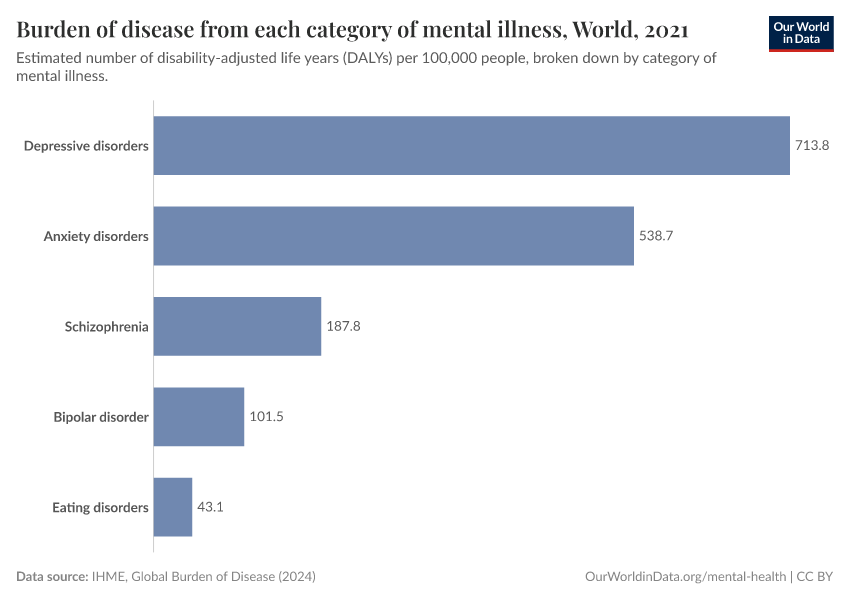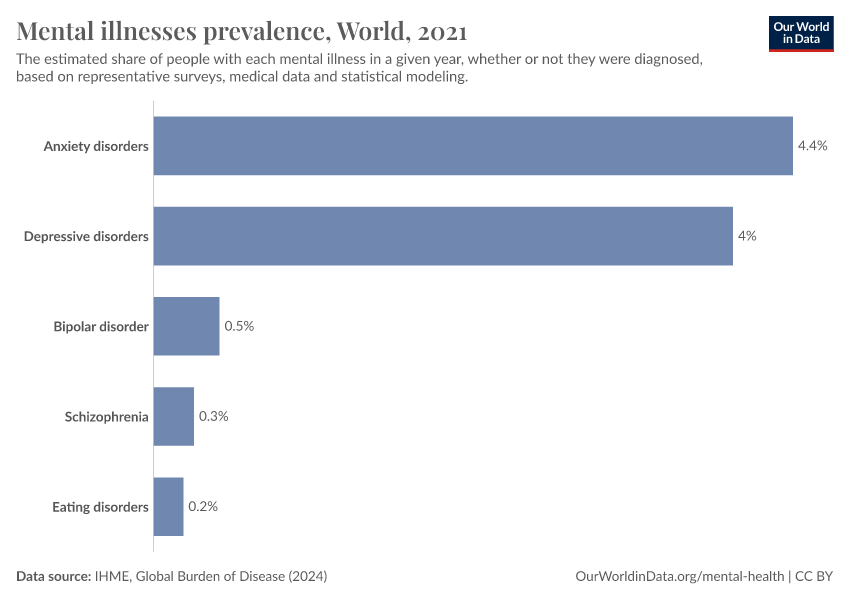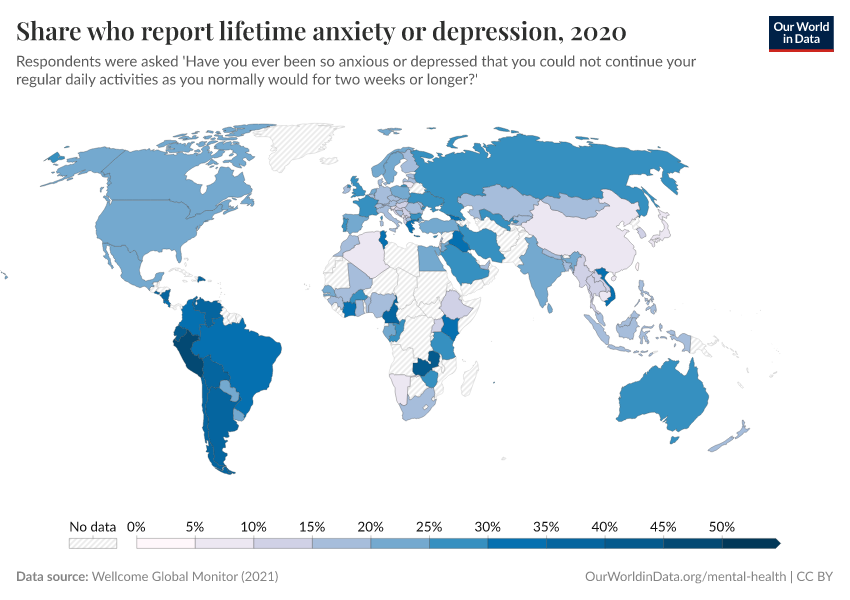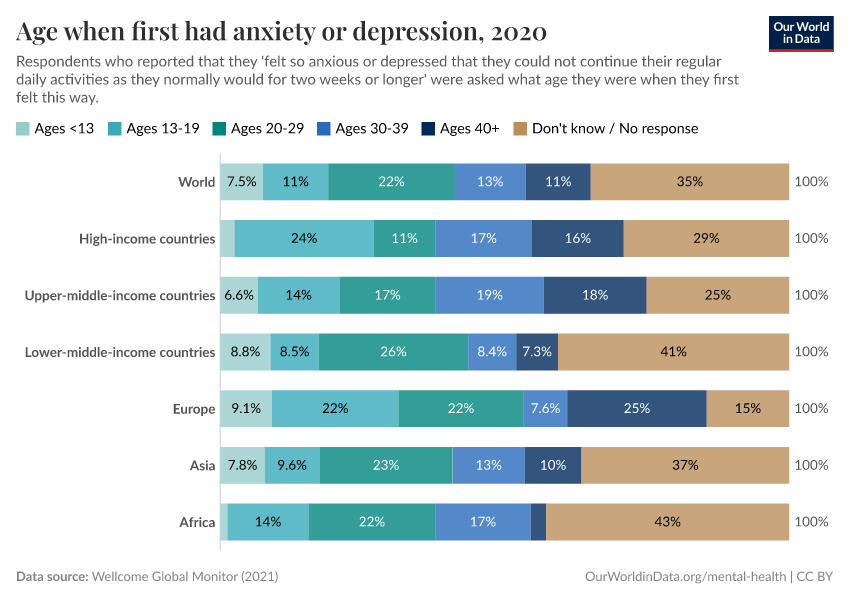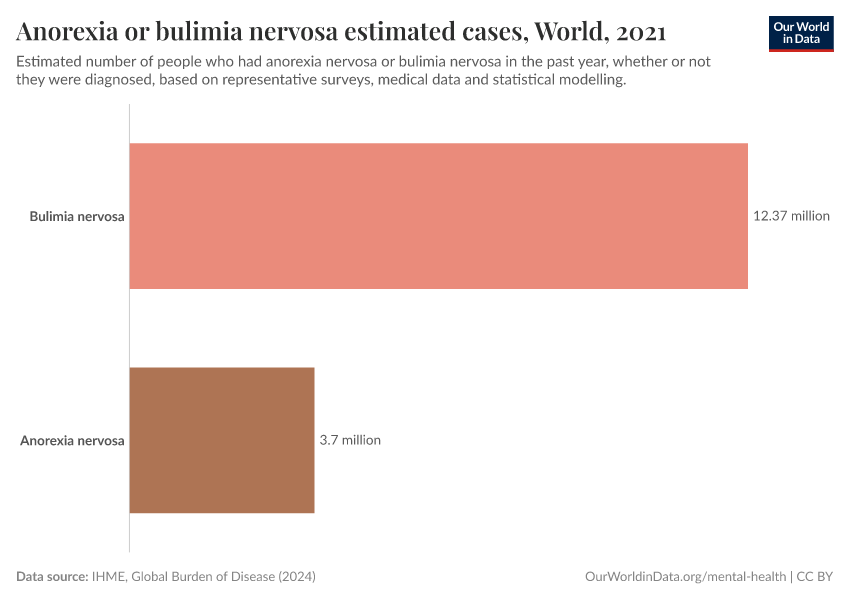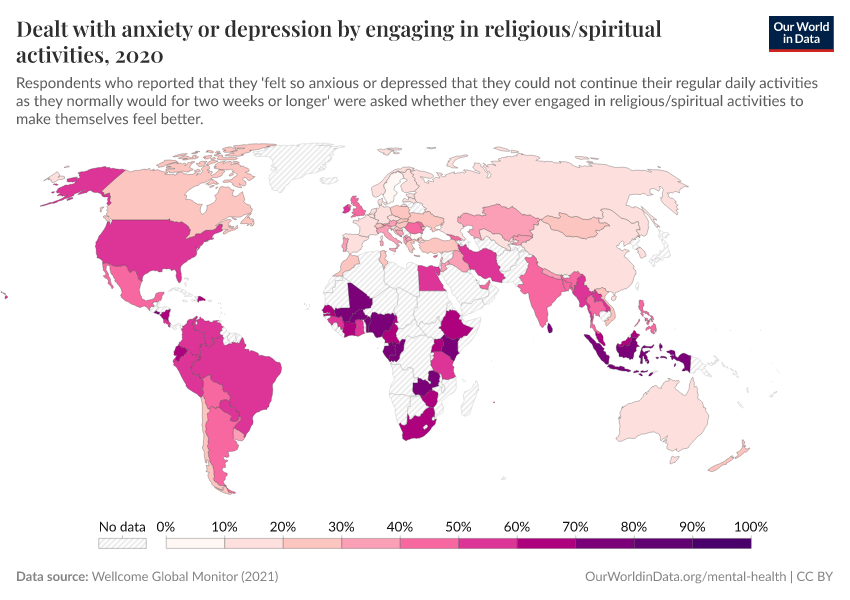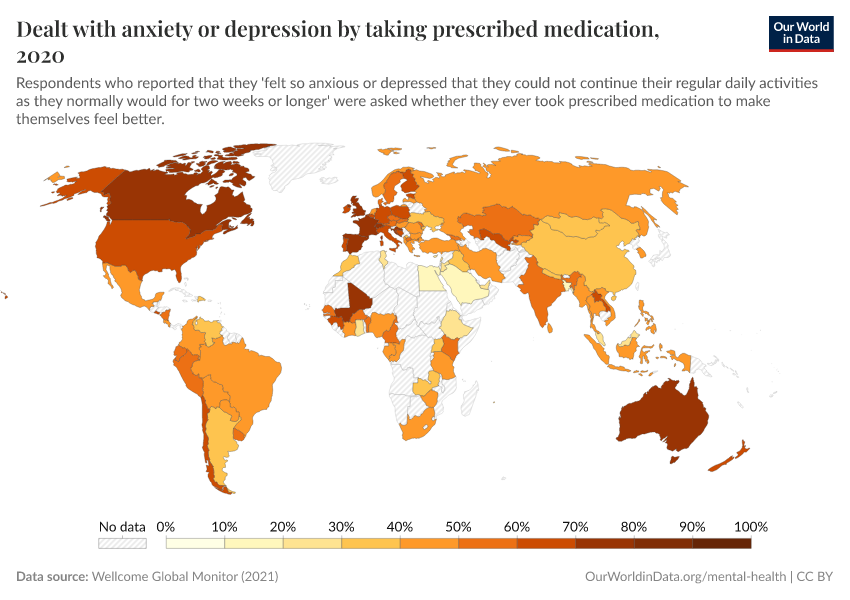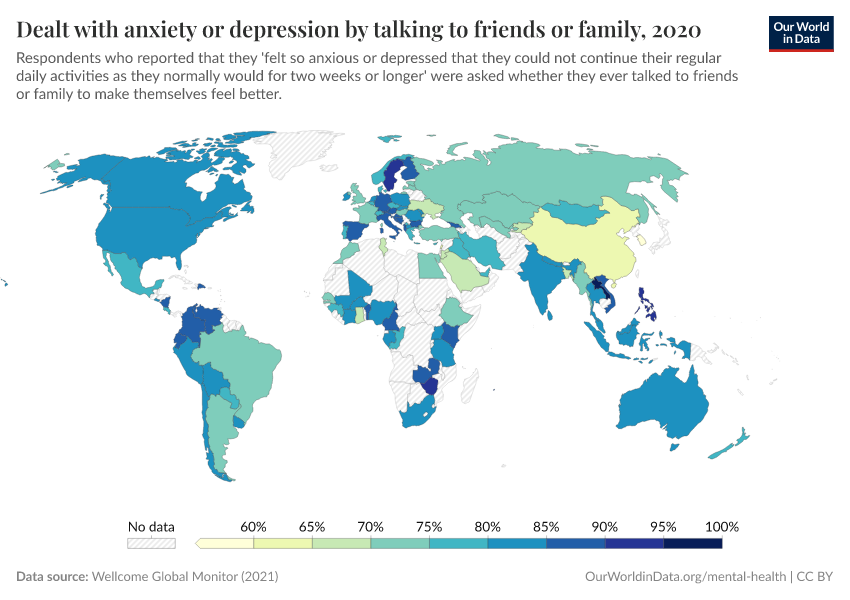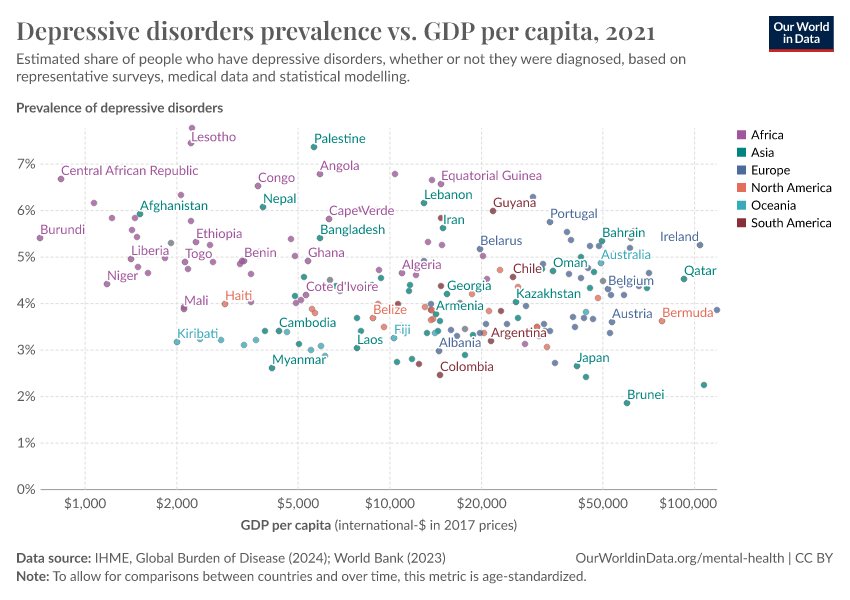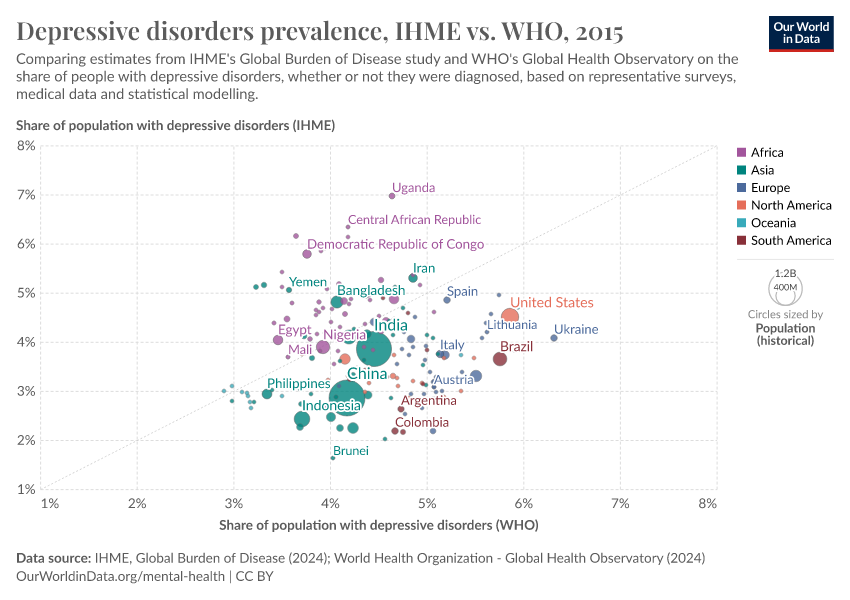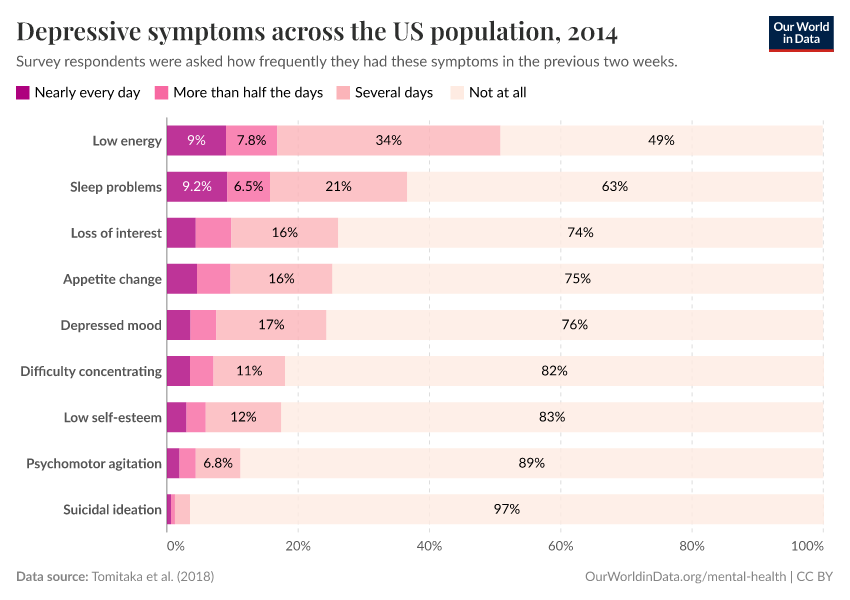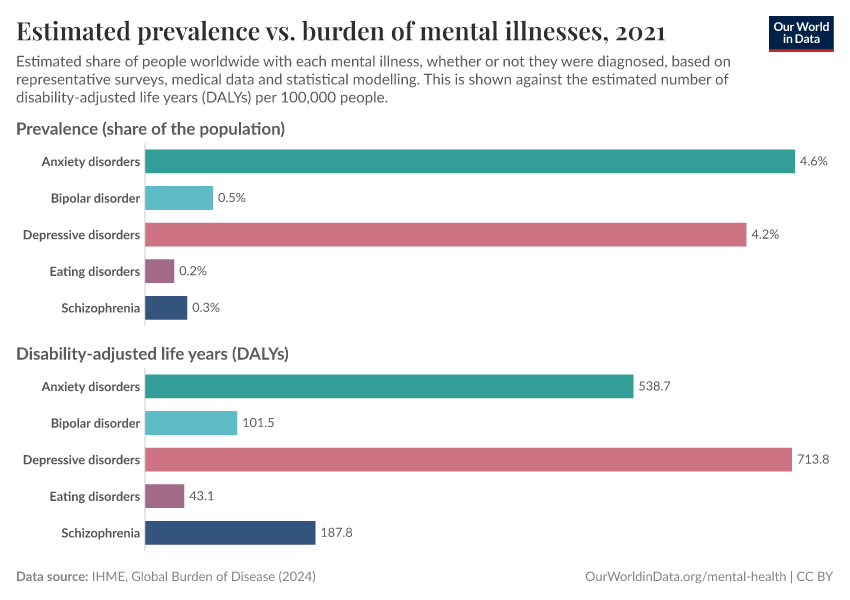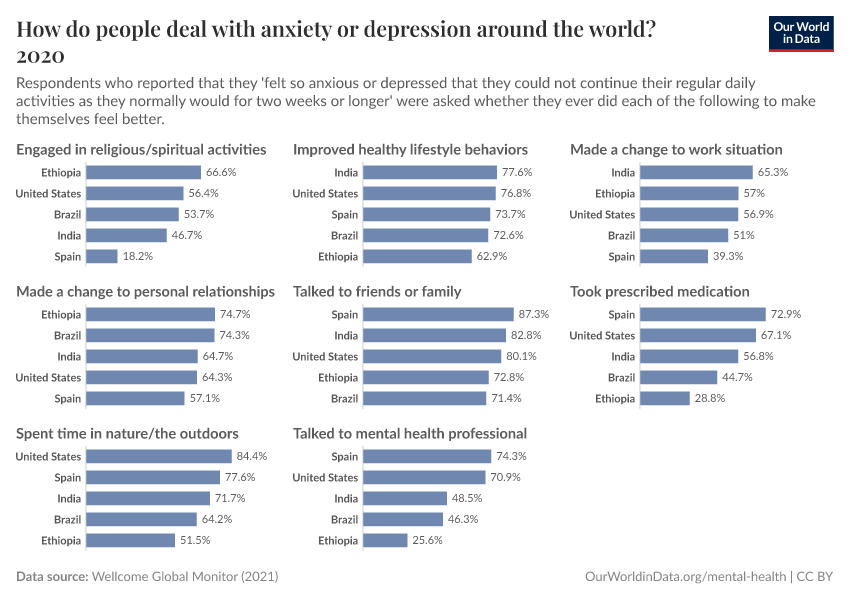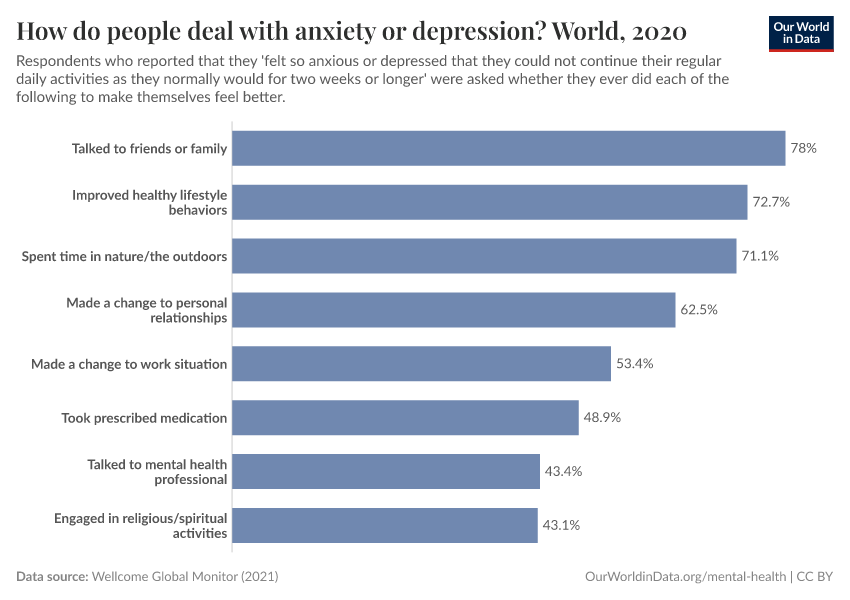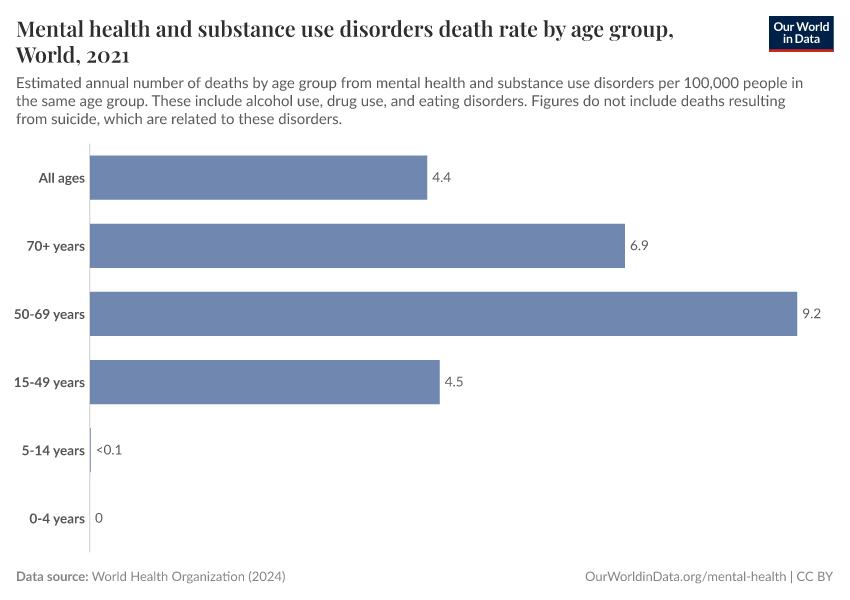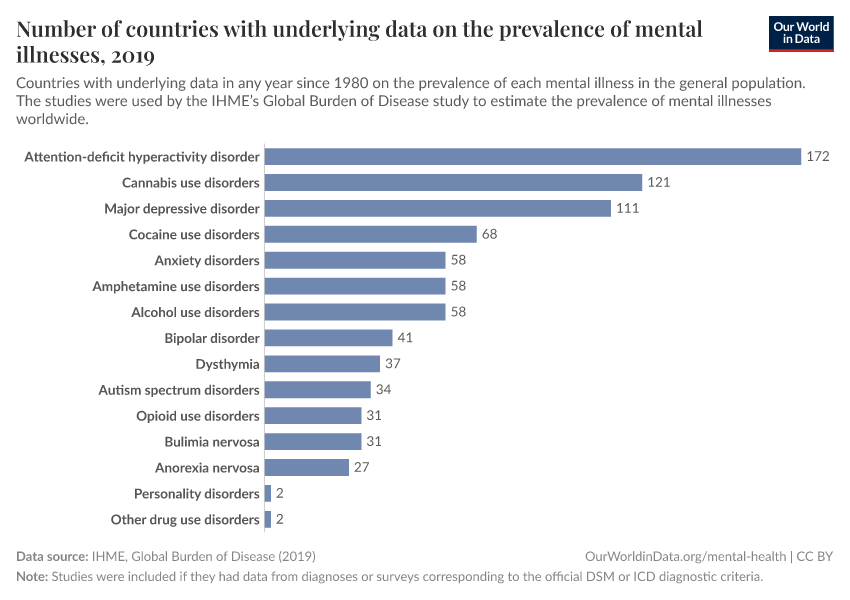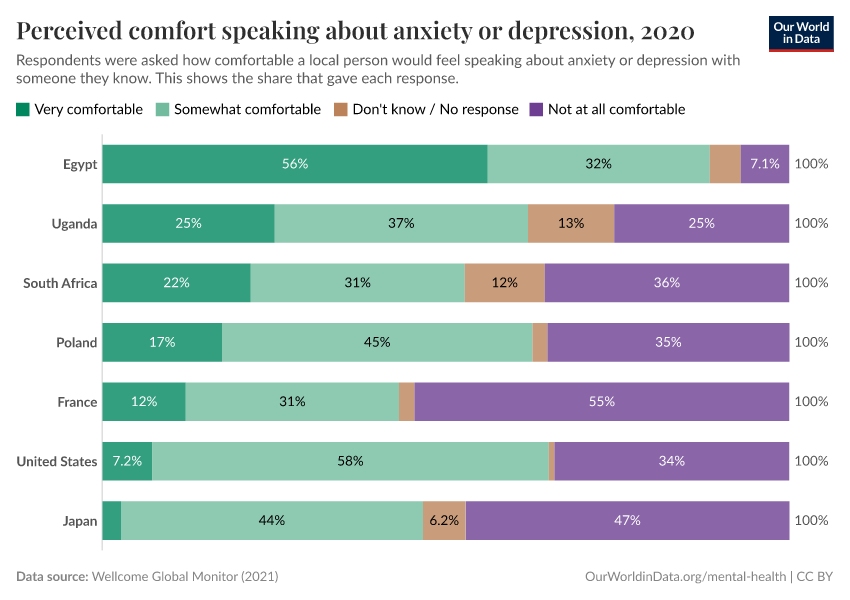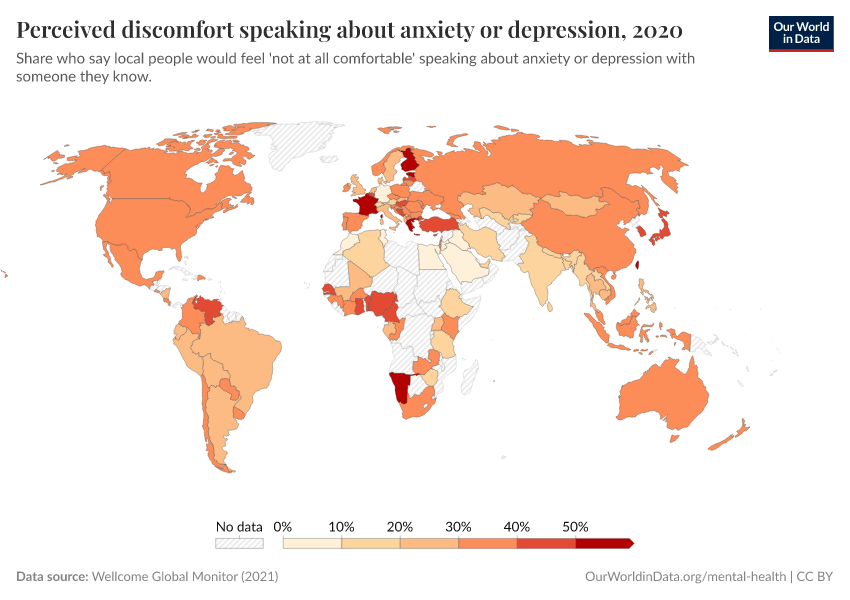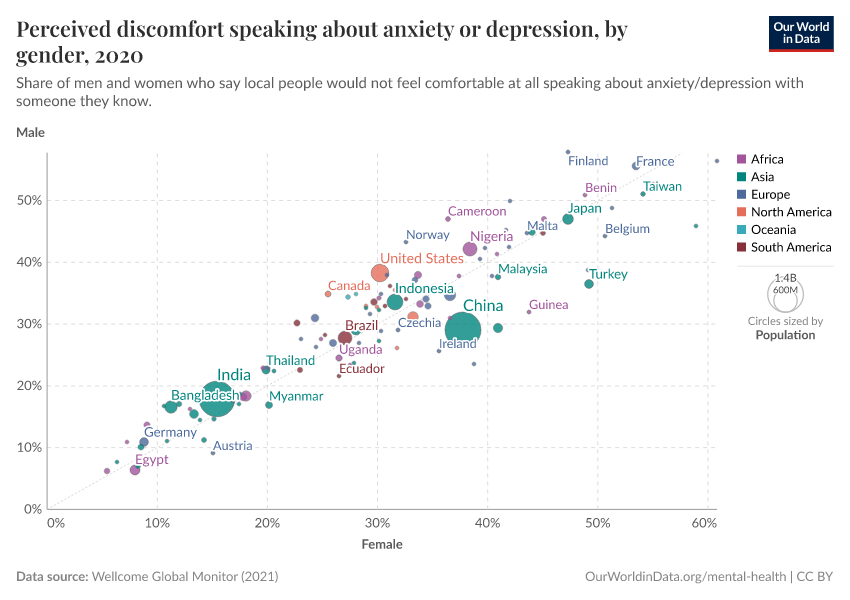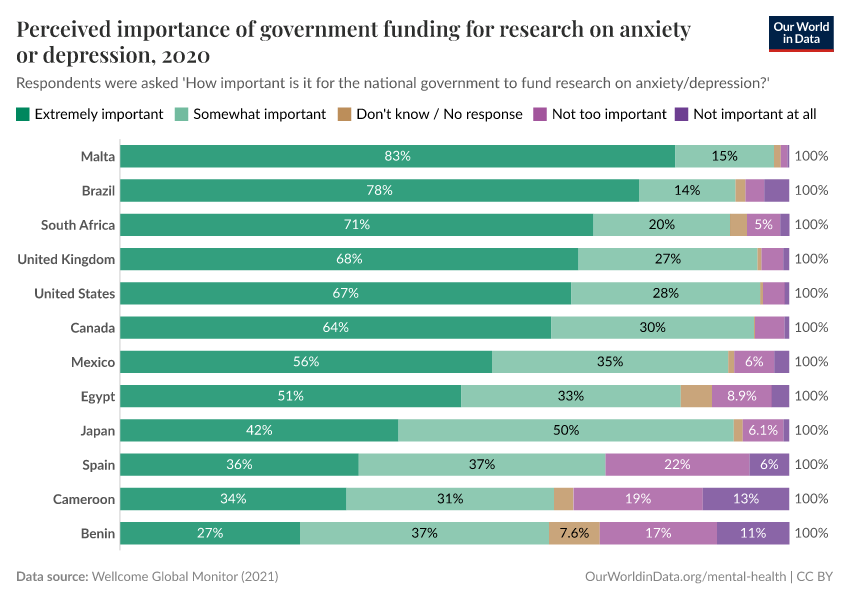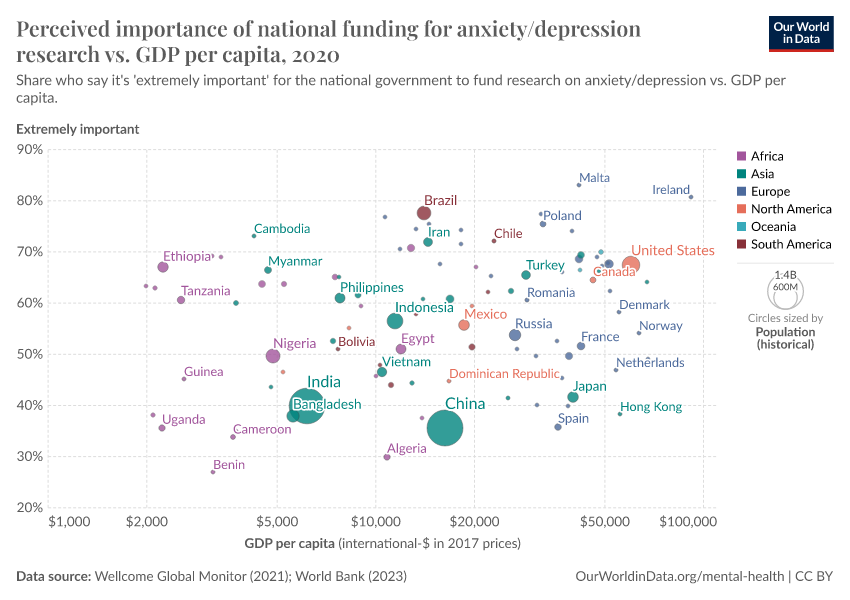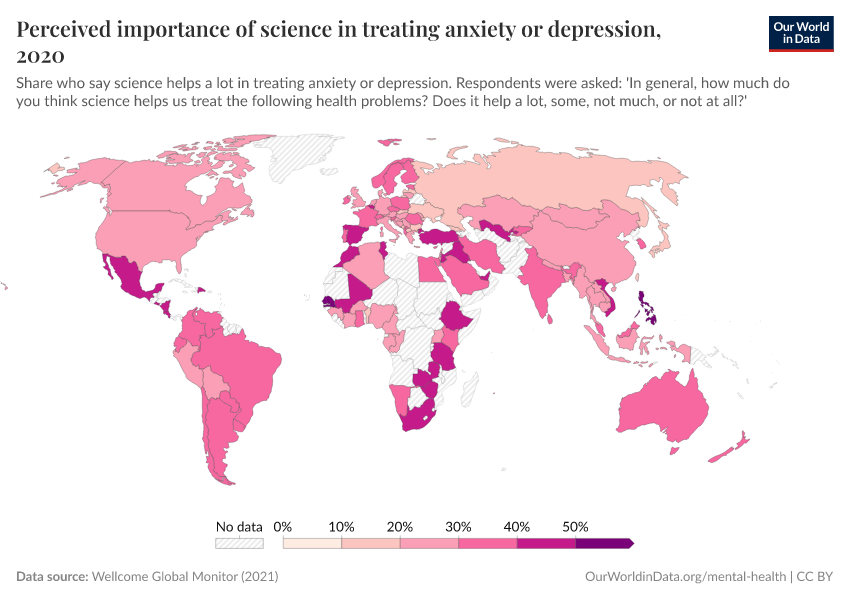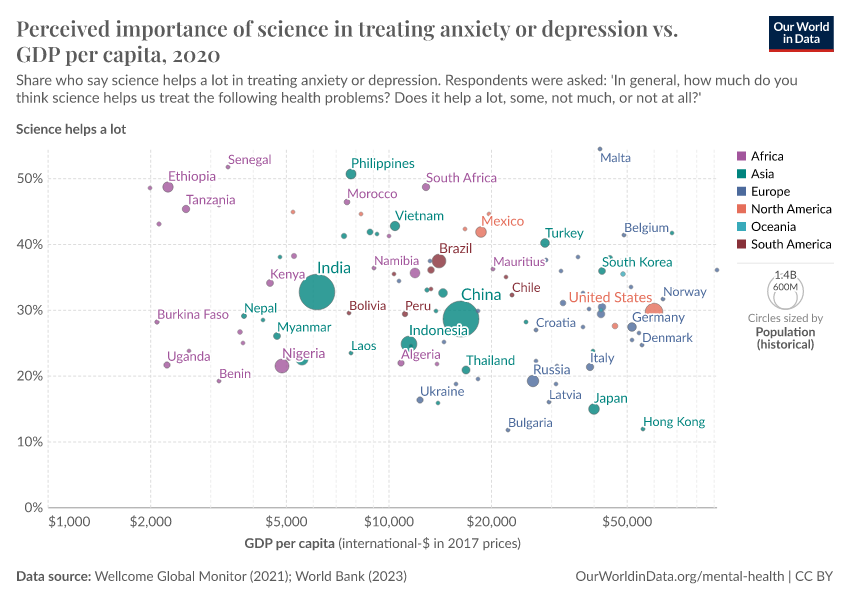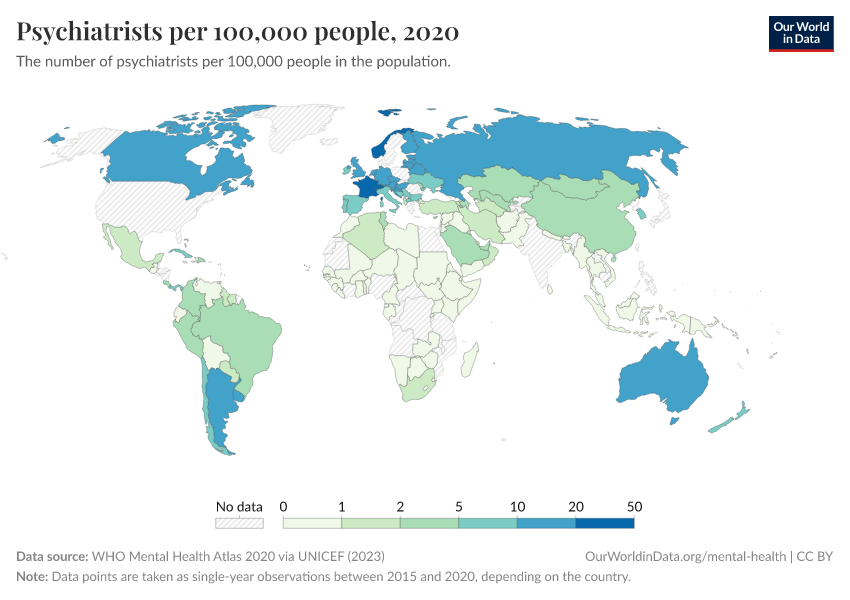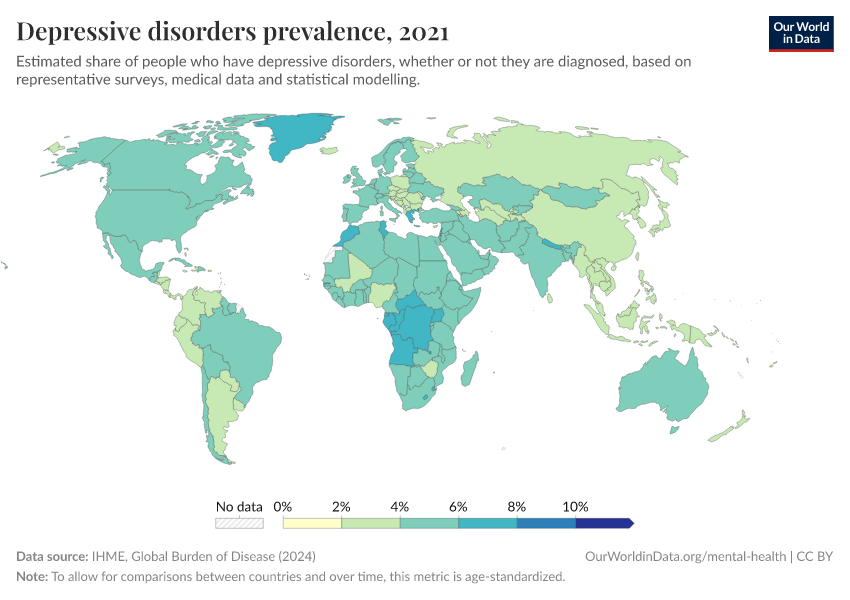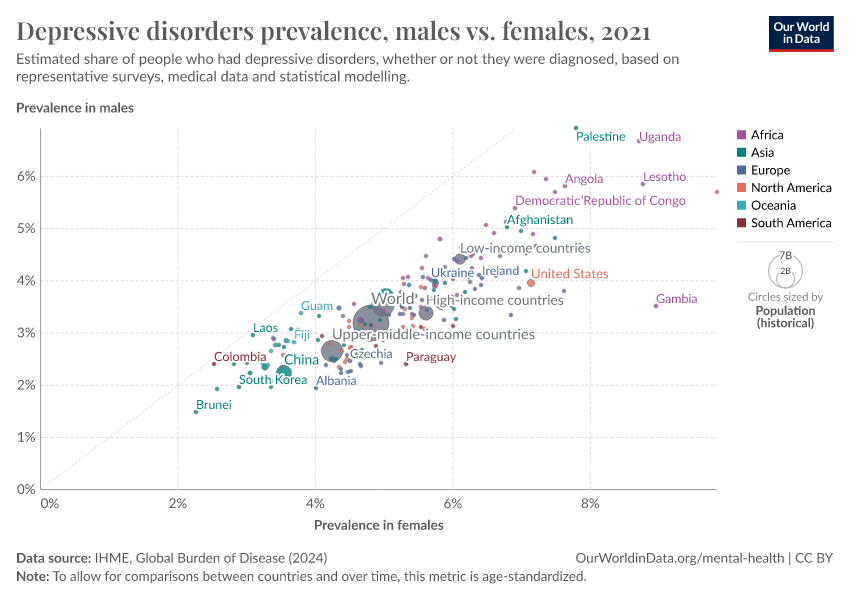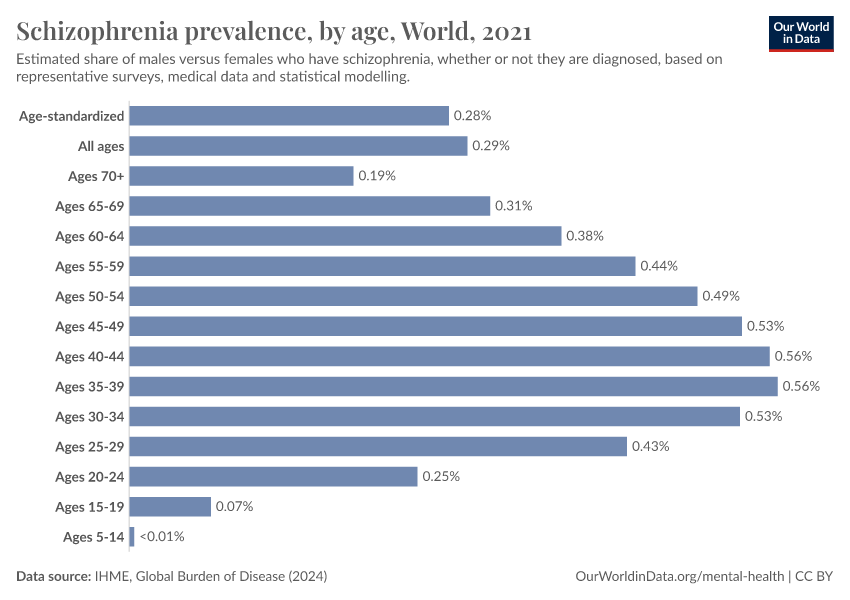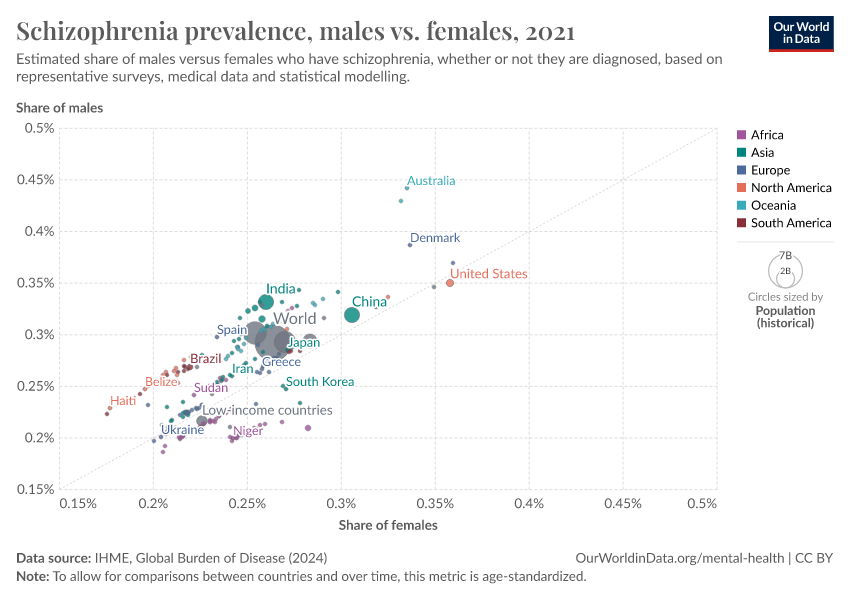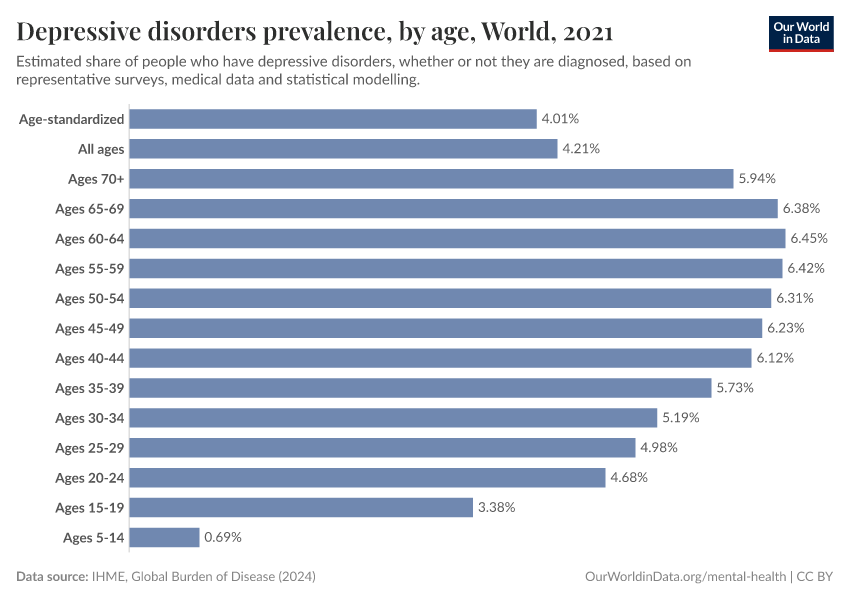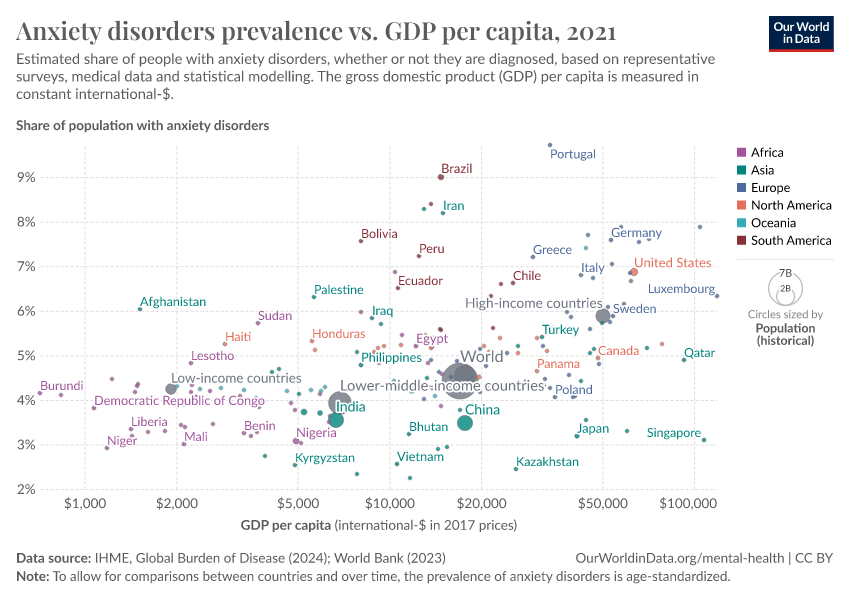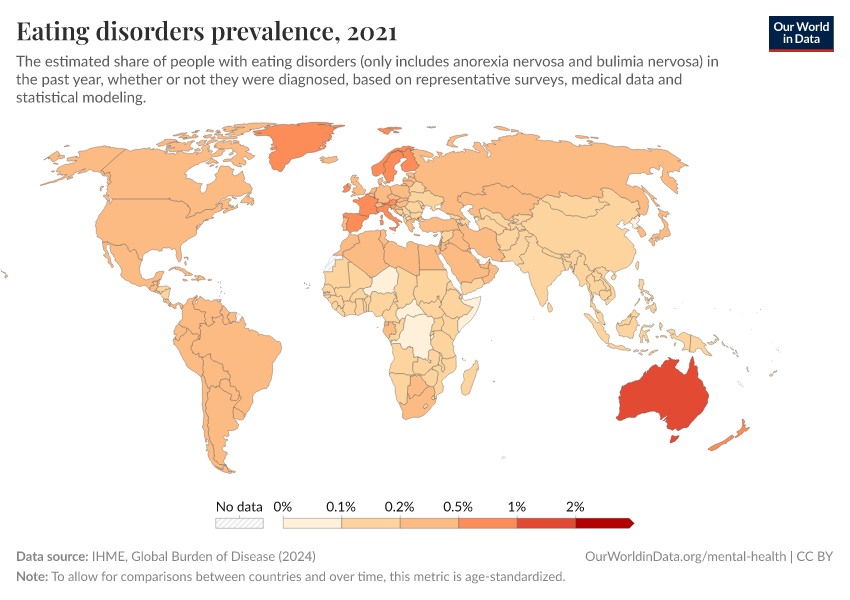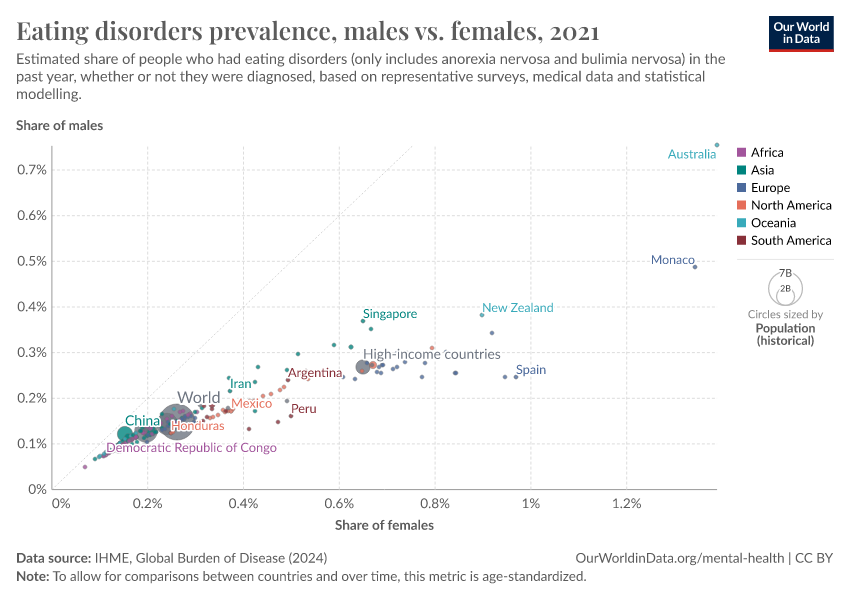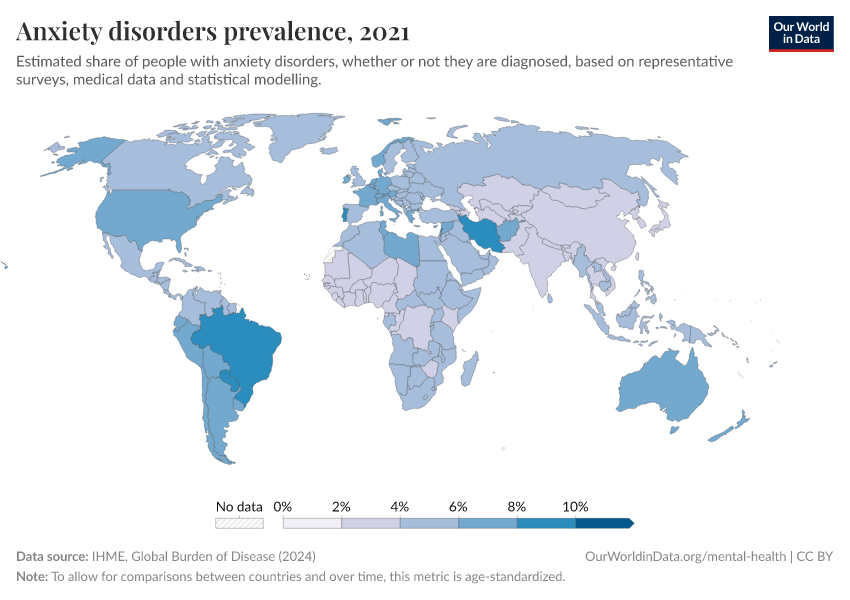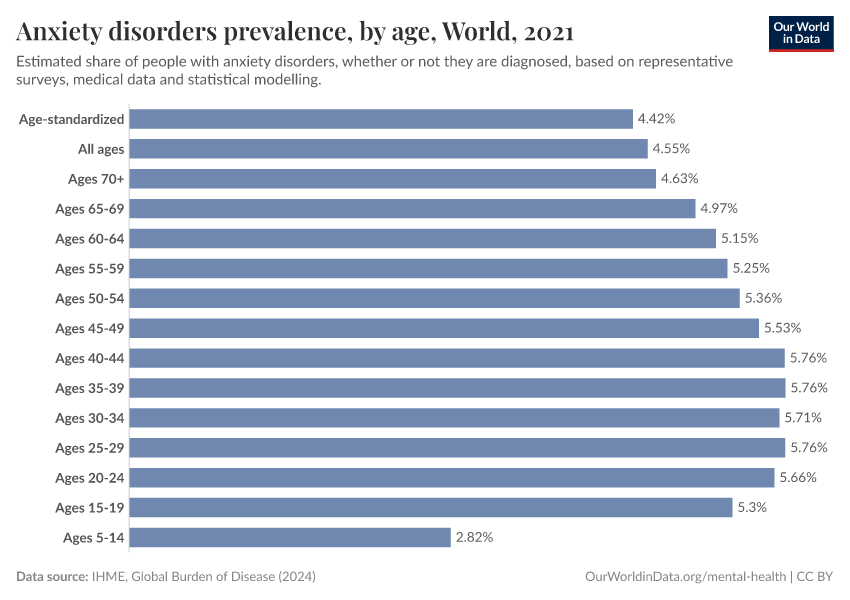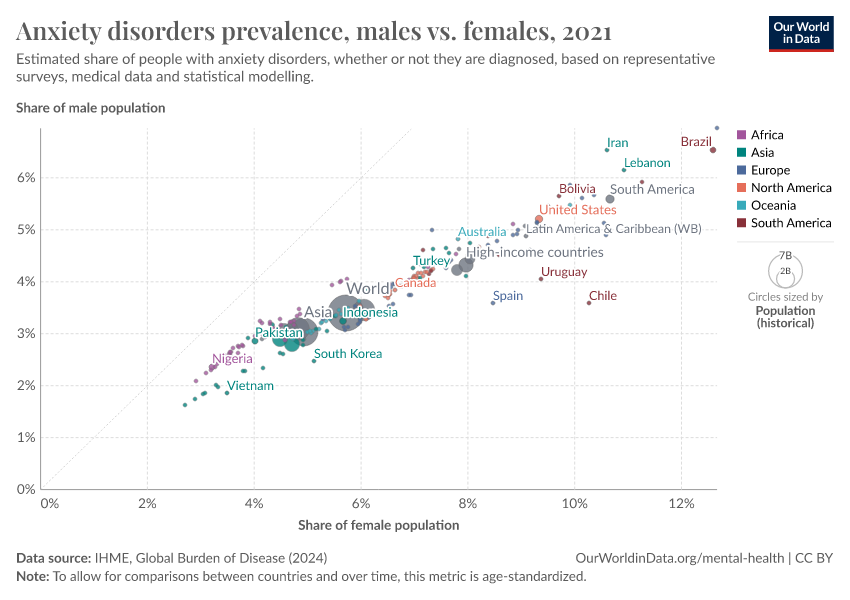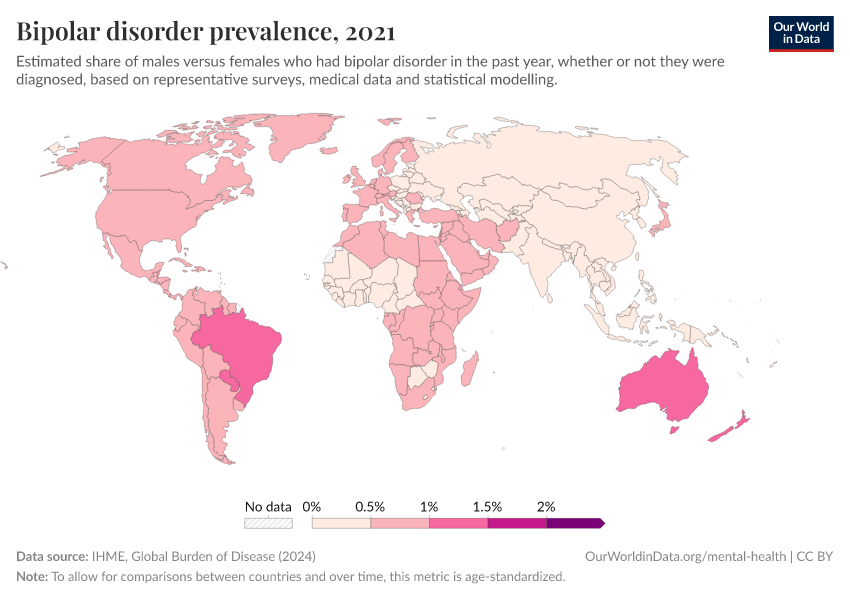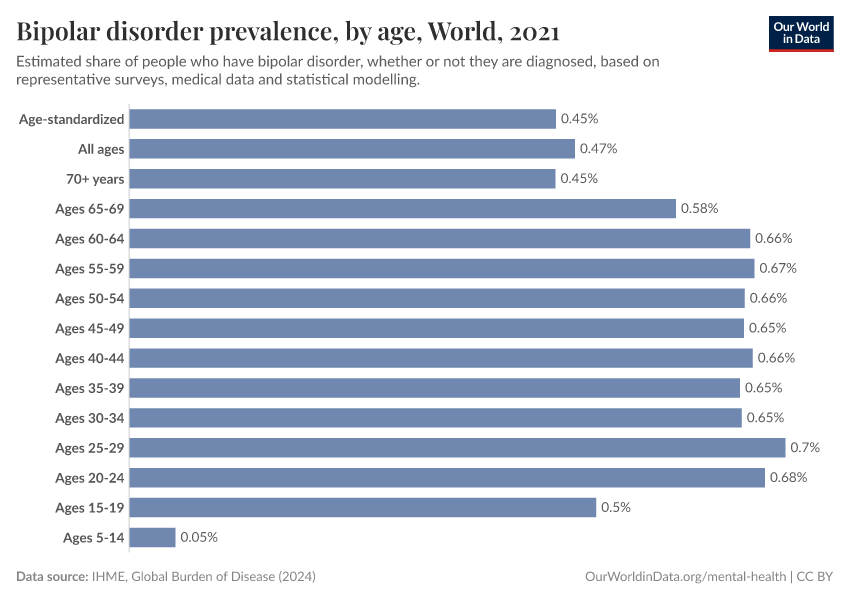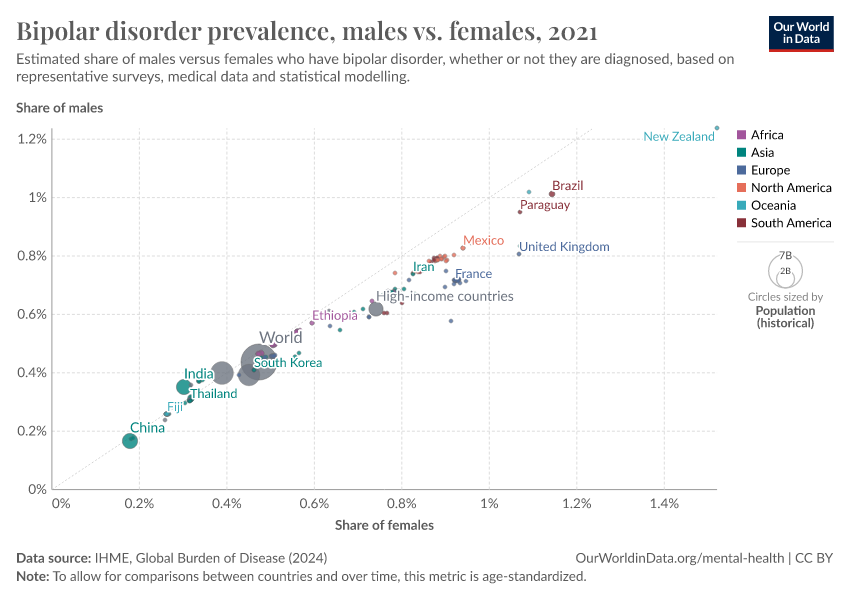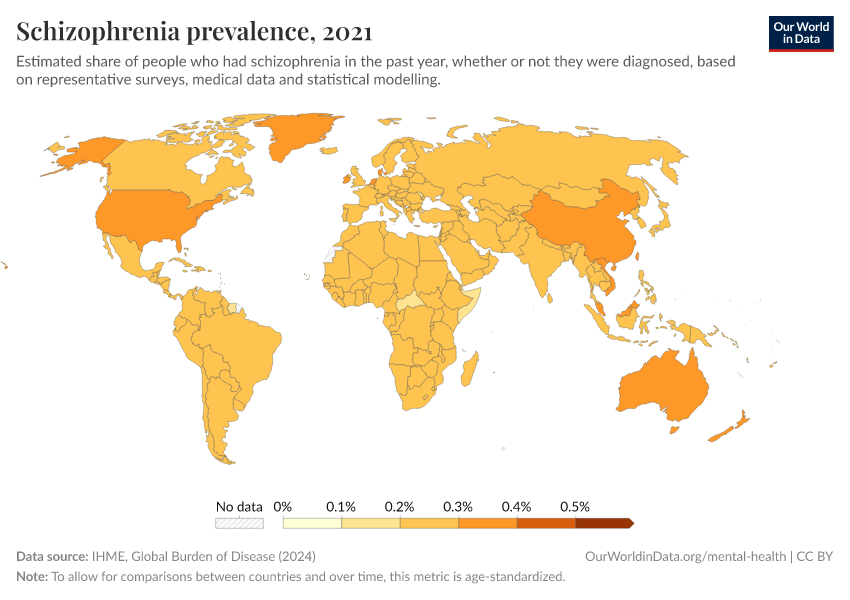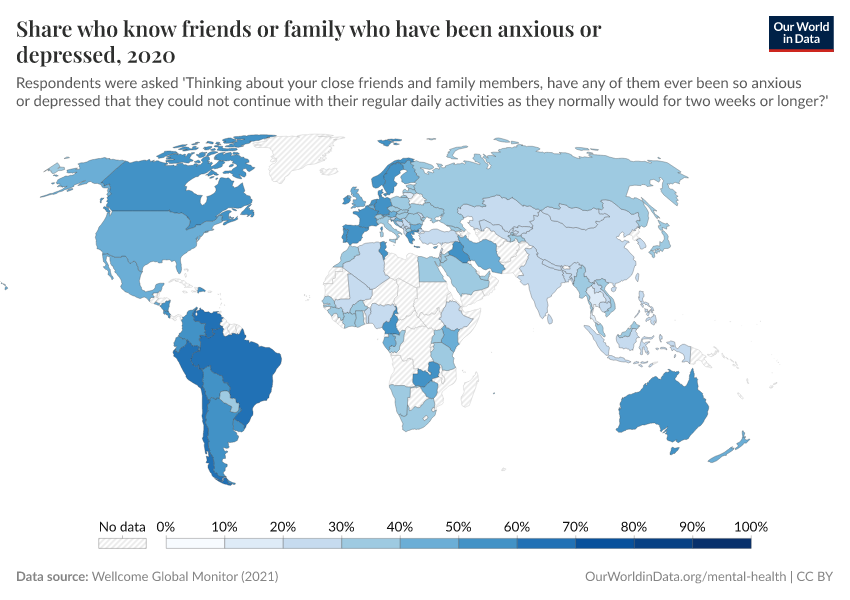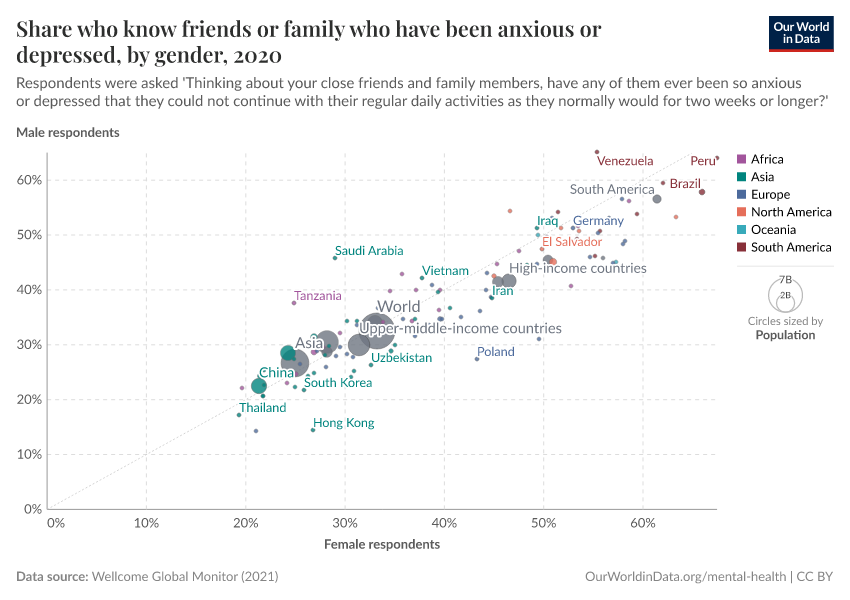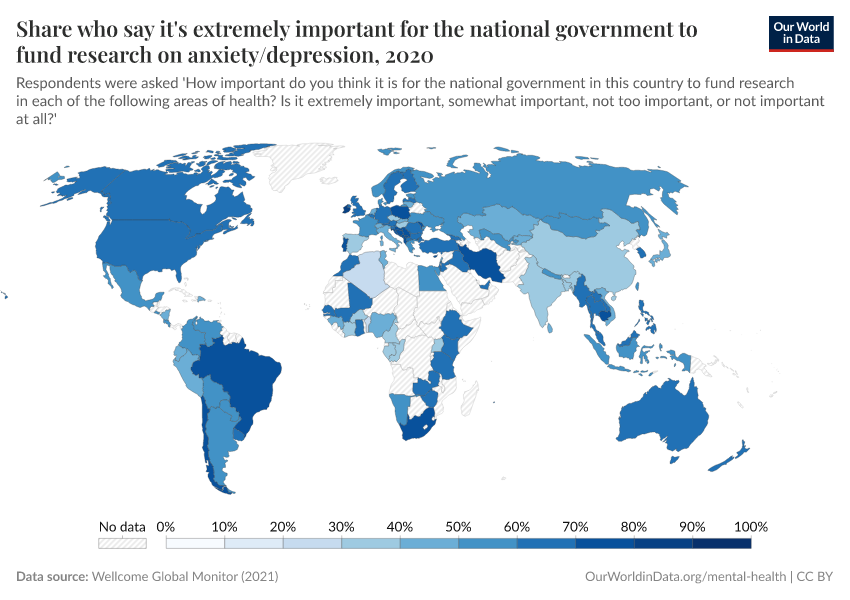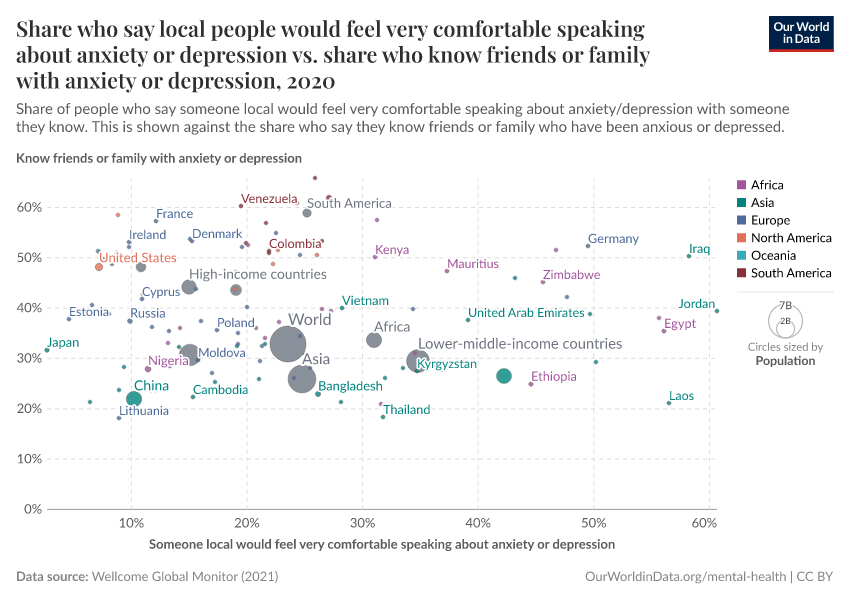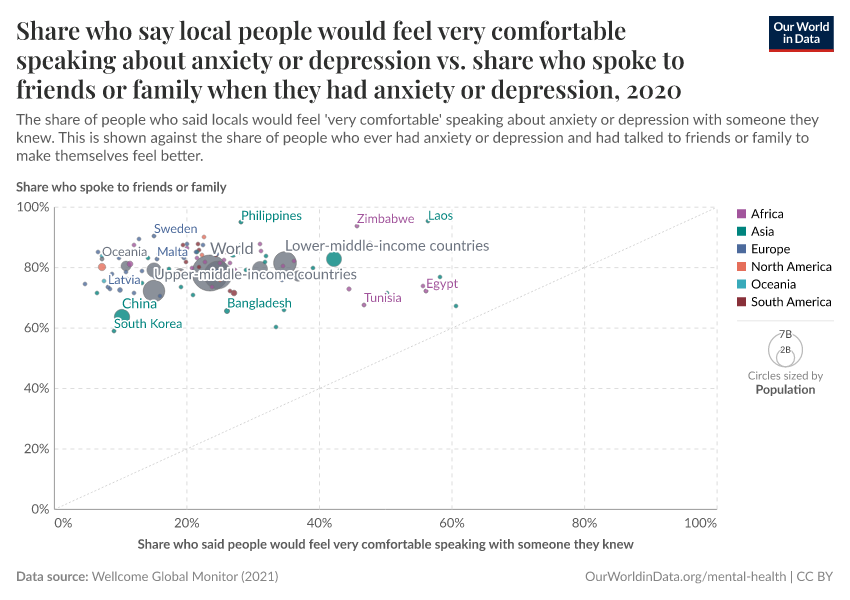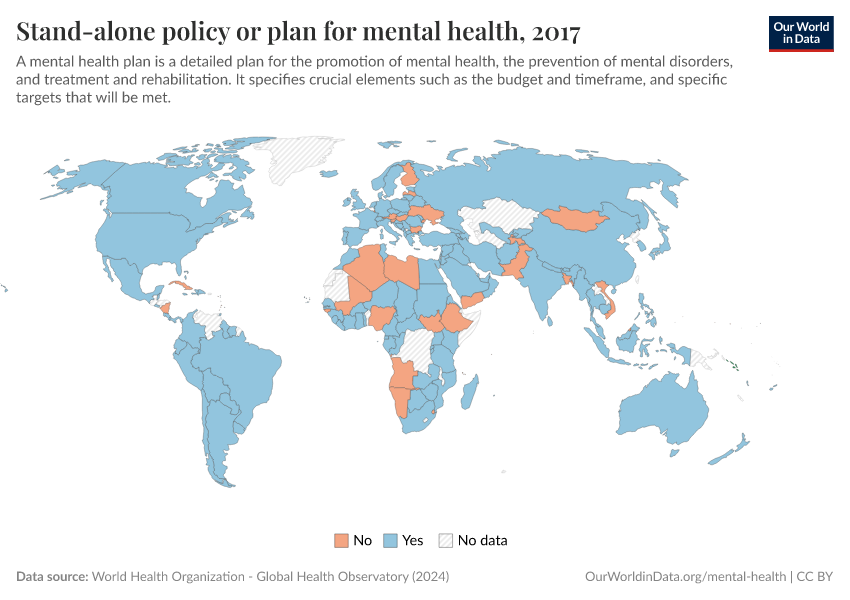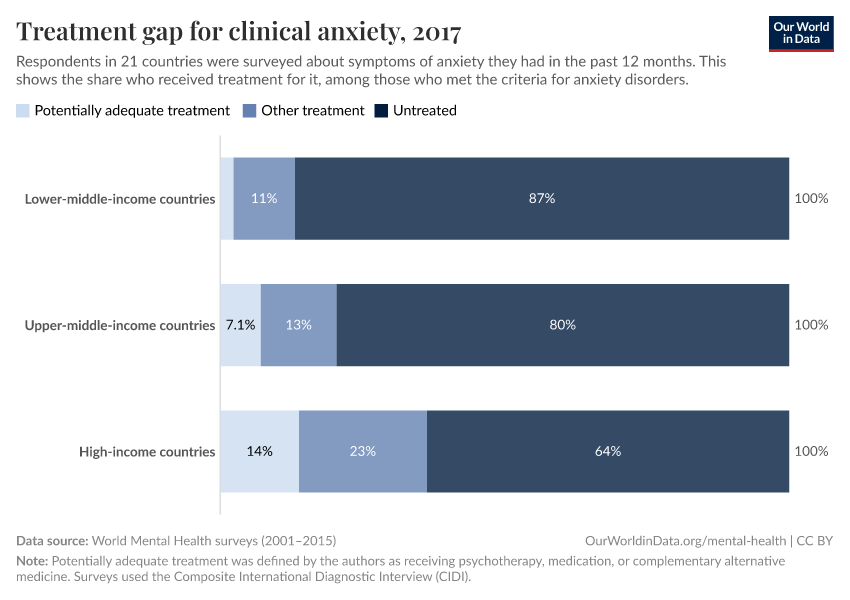Mental Health
Mental health is an essential part of people’s lives and society. Poor mental health affects our well-being, our ability to work, and our relationships with friends, family, and community.
Mental health conditions are not uncommon. Hundreds of millions suffer from them yearly, and many more do over their lifetimes. It’s estimated that 1 in 3 women and 1 in 5 men will experience major depression in their lives. Other conditions, such as schizophrenia and bipolar disorder, are less common but still have a large impact on people’s lives.
Mental illnesses are treatable, and the impact they have can be reduced. Despite this, treatment is often lacking or poor quality, and many feel uncomfortable sharing their symptoms with healthcare professionals or people they know. This also makes it difficult to estimate the actual prevalence of mental illnesses.
To support them, it’s essential to have good data to understand these conditions – how, when, and why they occur, how many people are affected by them, and how they can be treated effectively and safely.
On this page, we show data on the prevalence of mental illnesses and their burden, and people’s attitudes toward mental health.
Research & Writing
More articles on Mental Health
Key Charts on Mental Health
See all charts on this topicCite this work
Our articles and data visualizations rely on work from many different people and organizations. When citing this topic page, please also cite the underlying data sources. This topic page can be cited as:
Saloni Dattani, Lucas Rodés-Guirao, Hannah Ritchie, and Max Roser (2023) - “Mental Health” Published online at OurWorldinData.org. Retrieved from: 'https://ourworldindata.org/mental-health' [Online Resource]BibTeX citation
@article{owid-mental-health,
author = {Saloni Dattani and Lucas Rodés-Guirao and Hannah Ritchie and Max Roser},
title = {Mental Health},
journal = {Our World in Data},
year = {2023},
note = {https://ourworldindata.org/mental-health}
}Reuse this work freely
All visualizations, data, and code produced by Our World in Data are completely open access under the Creative Commons BY license. You have the permission to use, distribute, and reproduce these in any medium, provided the source and authors are credited.
The data produced by third parties and made available by Our World in Data is subject to the license terms from the original third-party authors. We will always indicate the original source of the data in our documentation, so you should always check the license of any such third-party data before use and redistribution.
All of our charts can be embedded in any site.
